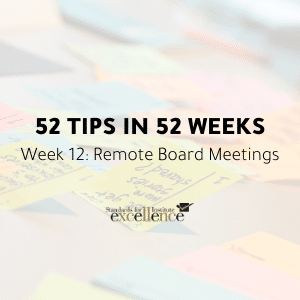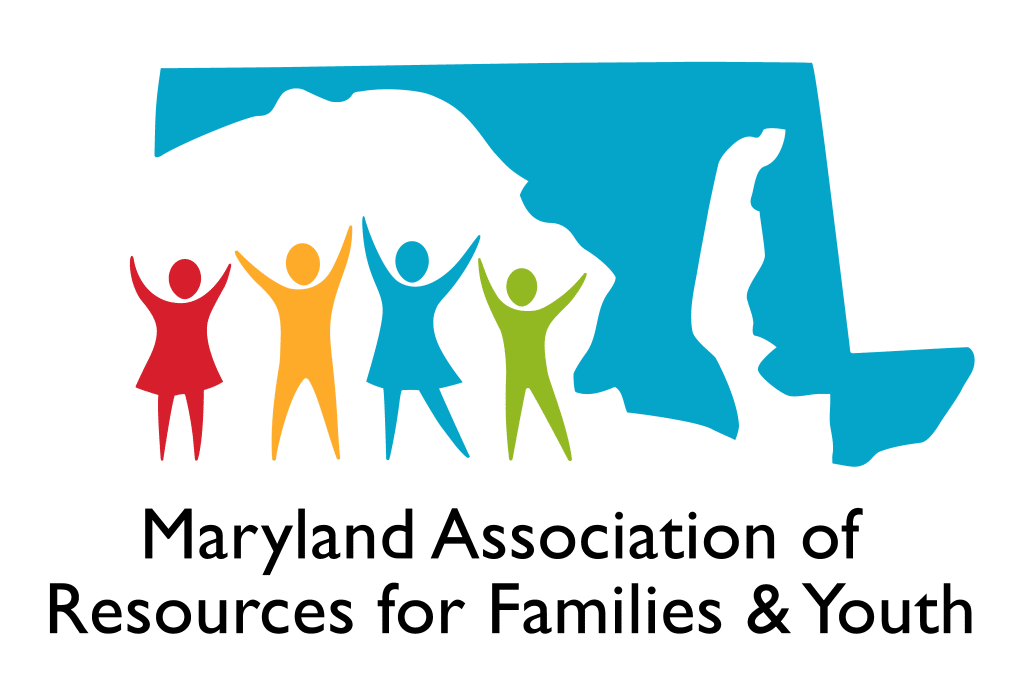Guest Blog by Alizah Epstein, Chief Creative Officer, Epstein Creative Group

When many of us in the nonprofit sector think of creating an annual report, the words long, boring and complicated come to mind. While they’re not legally required for nonprofits, annual reports are tremendously valuable.
Annual reports demonstrate transparency within your organization and help to build trust among donors, volunteers and the people you serve. They also create an opportunity to showcase your accomplishments, reveal how the revenue and donations your nonprofit collects are put to good use, and celebrate important milestones within your organization.
The Problem with Annual Reports
Nonprofits often struggle to create an engaging annual report. Many publications end up tossed in the trash because readers find them long and boring. Believe it or not, studies have shown that the average attention span is only about eight seconds! Crazy, huh? That’s not much time for readers to absorb your content.
Because of this, more and more nonprofits are moving toward slimmed down annual reports. Think of these as short and simple progress reports. The ultimate goal is to let your donors know you appreciate their support and the impact it has on your organization.
What to Include in Your Annual Report
Your
1. Accomplishments
What do you want your supporters to remember about this past year? Be sure to demonstrate how your organization achieved great accomplishments as a direct result of your donors’ support. What is your main message and what came about as a result of your hard work? What are your most relevant and compelling achievements?
2. Real People
Make sure to include a human element for your readers to connect with. This can be about your donors, volunteers, staff or the people you served. Include interesting visuals and always add captions. Readers typically read headlines and captions, if nothing else, so make them count!
3. Financials
Think of this section as a very abbreviated financial statement. Use engaging visuals like pie charts and timelines. Only include what you believe is critical for your audience to know. You should also write a short narrative interpreting what the numbers mean. If you think people will want to see a full financial statement, add a line stating that they can download it as a PDF on your website.
4. Gratitude
Nonprofits must strike a balance in their annual reports between discussing accomplishments and recognizing donors. Be sure to use donor-centric writing. Your donors should feel like you are giving them a big hug! Use phrases like “You made it possible…” and “Your donation…” With that said, the beloved donor list should be omitted from your annual report. There are too many opportunities for errors (name misspellings, wrong prefixes, omissions, incorrect donor categories, oh my!) and the list takes far too much valuable staff time to construct. Besides, there is nothing warm and fuzzy about a long list of names in small text. There are no studies that show having their names on a long list inspires donors to give again, anyway.
5. Call to Action
You’ve rewarded your donors with a “thank you hug” and inspired them with your organization’s amazing accomplishments. Now what? The answer is simple. Ask your supporters to take action. This doesn’t have to be a request for donations. Instead, ask your readers to mark their calendars for your next event, sign up to volunteer, check out your website, etc.
Do You Need Our Help?
And there you have it! Don’t be scared to give your annual report a dramatic makeover. The most challenging aspect of shortening your annual report might be convincing your executive director to give it a chance. With a simple Google search, you’ll find plenty of examples of short and impactful annual reports.
Have you tried a short-format annual report? How did it go? Feel free to leave a comment below.
Alizah Epstein is the Chief Creative Officer at the Epstein Creative Group. As a passionate creative thinker and problem-solver, she is the driving force behind the branding and marketing design studio. What makes this firm different, is that they focus on branding and marketing for mission-driven organizations that benefit women and children. Through strategic branding and marketing efforts, they secure more donors and build awareness so these organizations can continue the good work that they do. To learn more visit epsteincreative.com. Design with purpose.
the Chief Creative Officer at the Epstein Creative Group







